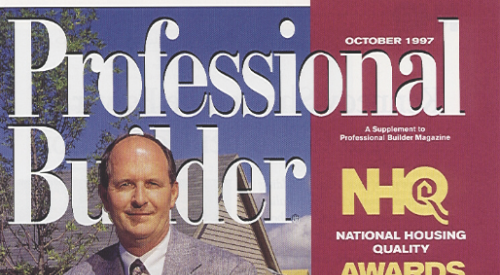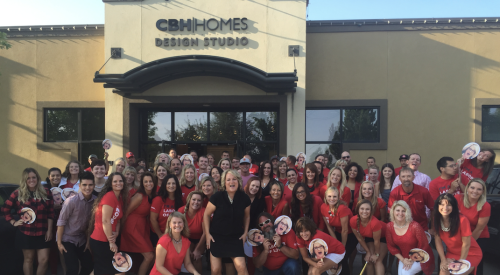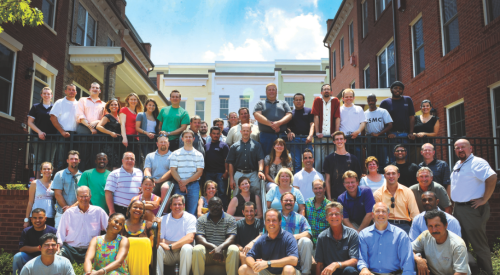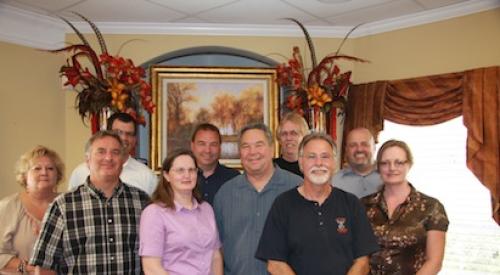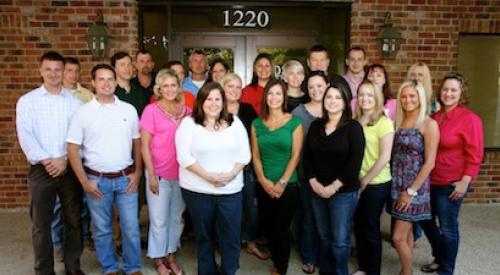Count suburban Chicago’s Kennedy Homes among those enthralled with the Rayco model of research-driven product development and even-flow production. Kennedy’s latest organizational flip-flop is headed in that direction.
In the mid-1990s, Bill Kennedy made news by splitting his large, production building company into nine small ones. His theory was that profit is maximized at 100 to 200 units of production. So Kennedy created partnerships with the leaders of each of the nine entities and turned them loose. But now, three of those smaller units have decided to coalesce back into a larger company again, in a plan conceived by Tom Gillespie, who led one of the small units--Kennedy Community Development--to an NHQ award in 1997.
Gillespie set national benchmarks for process mapping of his production system, and for careful deployment of human resources and reward systems to support customer satisfaction. He also hit double digit profits: 12.18% in ‘96, 10.38% in ‘97. "Our success with quality management was so strong, we decided to roll three companies together and reform Kennedy Homes," he says.
Pressed for a reason that a larger company suddenly makes sense again, Gillespie admits it is the quest to recreate Rayco’s success that is behind it. "Our edge is the systems we’ll deploy to drive down costs and increase customer satisfaction. It will all be about providing customers with space, choice, and value exactly as they want it."
Gillespie is vice president of housing in the new organization. He’s also point man in deploying total quality management throughout the new company:
"We’ll use National Consumer Research to measure customer satisfaction, at closing and 90 days into warranty. We’ll survey in real time, as customers complete each process."
Kennedy is also working on systems to support even-flow production, while at the same time maximizing customer choices with a framework of pre-priced selections and options. "It’s a manufacturing model," Kennedy admits. "We want predictability and consistency without forcing buyers to take less than what they really want."
On the human resources side, Gillespie has developed a three-tiered approach to recruiting and interviewing. "On the first level, it’s how the candidate and organization fit each other. The second level involves how well the candidate matches the profile of a Kennedy leader. The third level involves meeting with peers who will work in direct contact with the person," says Gillespie.
Gillespie has not abandoned a central pillar of his small company: cross-training. "We still hate the idea of ‘departments,’" he says. "We call them ‘areas’ instead. Mine includes purchasing and construction. I’m training everyone not to think of an area as specialized turf. We recently brought a builder in and trained him as a purchasing agent. He went back to the field with a new perspective on how the jobsite should run."
On the recruiting side, Kennedy says he never hires to fill a position. "We hire to develop people to lead our organization. It’s not just skilled trades that are in short supply today. Our whole economy is running out of people!" Gillespie says he uses emplyees with years of experience as mentors for a new generation of young employees.
Gillespie says he finds many of those candidates outside the housing industry. "We’re hiring on attitude rather than a set of skills," he says.
Also See:
Kaufman and Broad Still Into Rayco Model
Buyers Watch Homes "Grow" On Web
Taylor Woodrow Donates to California Playground
